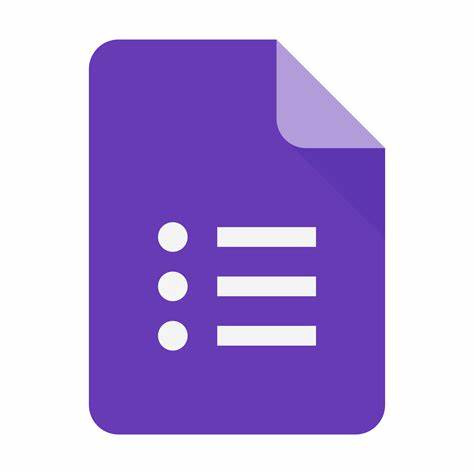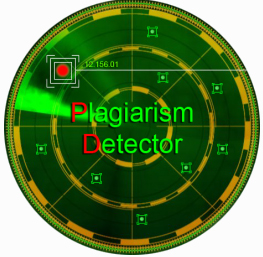KLASIFIKASI CUACA PROVINSI DKI JAKARTA MENGGUNAKAN ALGORITMA RANDOM FOREST DENGAN TEKNIK OVERSAMPLING
Abstract
Full Text:
PDFReferences
S. Umadevi and K. S. J. Marseline, “A survey on data mining classification algorithms,” Proc. IEEE Int. Conf. Signal Process. Commun. ICSPC 2017, vol. 2018-January, no. July, pp. 264–268, 2018, doi: 10.1109/CSPC.2017.8305851.
A. Paul, D. P. Mukherjee, P. Das, A. Gangopadhyay, A. R. Chintha, and S. Kundu, “Improved Random Forest for Classification,” IEEE Trans. Image Process., vol. 27, no. 8, pp. 4012–4024, 2018, doi: 10.1109/TIP.2018.2834830.
R. Katari and M. B. Myneni, “A Survey on News Classification Techniques,” 2020 Int. Conf. Comput. Sci. Eng. Appl. ICCSEA 2020, pp. 8–12, 2020, doi: 10.1109/ICCSEA49143.2020.9132866.
Y. Sun, Y. Li, Q. Zeng, and Y. Bian, “Application research of text classification based on random forest algorithm,” Proc. - 2020 3rd Int. Conf. Adv. Electron. Mater. Comput. Softw. Eng. AEMCSE 2020, pp. 370–374, 2020, doi: 10.1109/AEMCSE50948.2020.00086.
F. Hamami and I. Fithriyah, “Classification of air pollution levels using artificial neural network,” 2020 Int. Conf. Inf. Technol. Syst. Innov. ICITSI 2020 - Proc., pp. 217–220, 2020, doi: 10.1109/ICITSI50517.2020.9264910.
A. M. Siregar, “Klasifikasi Untuk Prediksi Cuaca Menggunakan Esemble Learning,” Petir, vol. 13, no. 2, pp. 138–147, 2020, doi: 10.33322/petir.v13i2.998.
N. Singh, S. Chaturvedi, and S. Akhter, “Weather Forecasting Using Machine Learning Algorithm,” 2019 Int. Conf. Signal Process. Commun. ICSC 2019, pp. 171–174, 2019, doi: 10.1109/ICSC45622.2019.8938211.
A. Novandya, “Penerapan Algoritma Klasifikasi Data Mining C4.5 pada Dataset Cuaca Wilayah Bekasi,” KNiST, vol. 6, pp. 368–372, 2017.
I. G. A. Gunadi, A. Aprilyana, and K. Dewi, “Klasifikasi Curah Hujan di Provinsi Bali Berdasarkan Metode Naive Bayesian,” J. Mat. Sains, dan Pembelajarannya, vol. 12, no. 1, pp. 14–25, 2018.
M. Reza Noviansyah, T. Rismawan, and D. Marisa Midyanti, “Penerapan Data Mining Menggunakan Metode K-Nearest Neighbor Untuk Klasifikasi Indeks Cuaca Kebakaran Berdasarkan Data Aws (Automatic Weather Station) (Studi Kasus: Kabupaten Kubu Raya),” J. Coding, Sist. Komput. Untan, vol. 06, no. 2, pp. 48–56, 2018, [Online]. Available: http://jurnal.untan.ac.id/index.php/jcskommipa/article/view/26672.
O. Sagi and L. Rokach, “Ensemble learning: A survey,” Wiley Interdiscip. Rev. Data Min. Knowl. Discov., vol. 8, no. 4, pp. 1–18, 2018, doi: 10.1002/widm.1249.
V. S. Spelmen and R. Porkodi, “A Review on Handling Imbalanced Data,” Proc. 2018 Int. Conf. Curr. Trends Towar. Converging Technol. ICCTCT 2018, pp. 1–11, 2018, doi: 10.1109/ICCTCT.2018.8551020.
S. Yadav and G. P. Bhole, “Handling Imbalanced Dataset Classification in Machine Learning,” 2020 IEEE Pune Sect. Int. Conf. PuneCon 2020, pp. 38–43, 2020, doi: 10.1109/PuneCon50868.2020.9362471.
A. S. More and D. P. Rana, “Review of random forest classification techniques to resolve data imbalance,” Proc. - 1st Int. Conf. Intell. Syst. Inf. Manag. ICISIM 2017, vol. 2017-Janua, pp. 72–78, 2017, doi: 10.1109/ICISIM.2017.8122151.
Y. Pristyanto, A. F. Nugraha, I. Pratama, A. Dahlan, and L. A. Wirasakti, “Dual Approach to Handling Imbalanced Class in Datasets Using Oversampling and Ensemble Learning Techniques,” Proc. 2021 15th Int. Conf. Ubiquitous Inf. Manag. Commun. IMCOM 2021, 2021, doi: 10.1109/IMCOM51814.2021.9377420.
H. Luo, X. Pan, Q. Wang, S. Ye, and Y. Qian, “Logistic regression and random forest for effective imbalanced classification,” Proc. - Int. Comput. Softw. Appl. Conf., vol. 1, pp. 916–917, 2019, doi: 10.1109/COMPSAC.2019.00139.
DOI: https://doi.org/10.33365/jti.v16i1.1533
Refbacks
- There are currently no refbacks.
Copyright (c) 2022 faqih hamami

This work is licensed under a Creative Commons Attribution-ShareAlike 4.0 International License.
JURNAL TEKNOINFO
Published by Universitas Teknokrat Indonesia
Organized by Prodi S1 Informatika FTIK Universitas Teknokrat Indonesia
W: http://ejurnal.teknokrat.ac.id/index.php/teknoinfo/index
E : teknoinfo@teknokrat.ac.id.
Jl. Zainal Abidin Pagaralam, No.9-11, Labuhan Ratu, Bandarlampung

This work is licensed under a Creative Commons Attribution-ShareAlike 4.0 International License.
Jumlah Pengunjung : View Teknoinfo StatsCounter



















